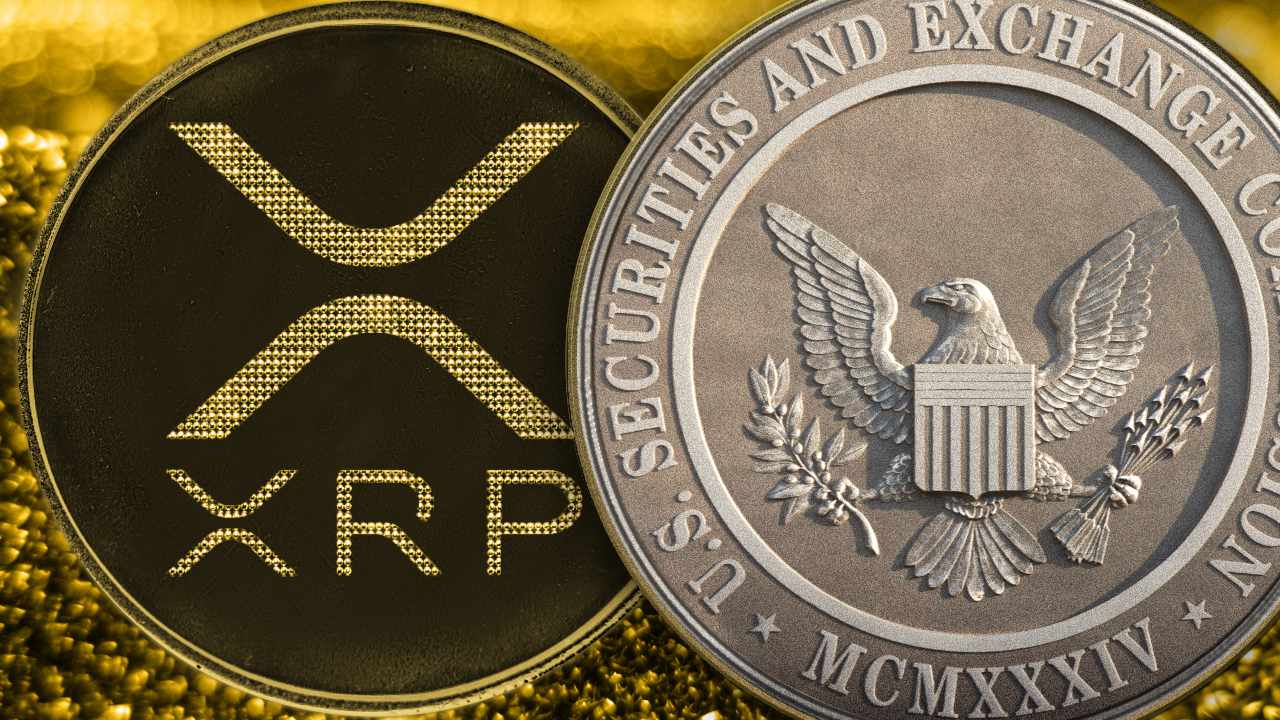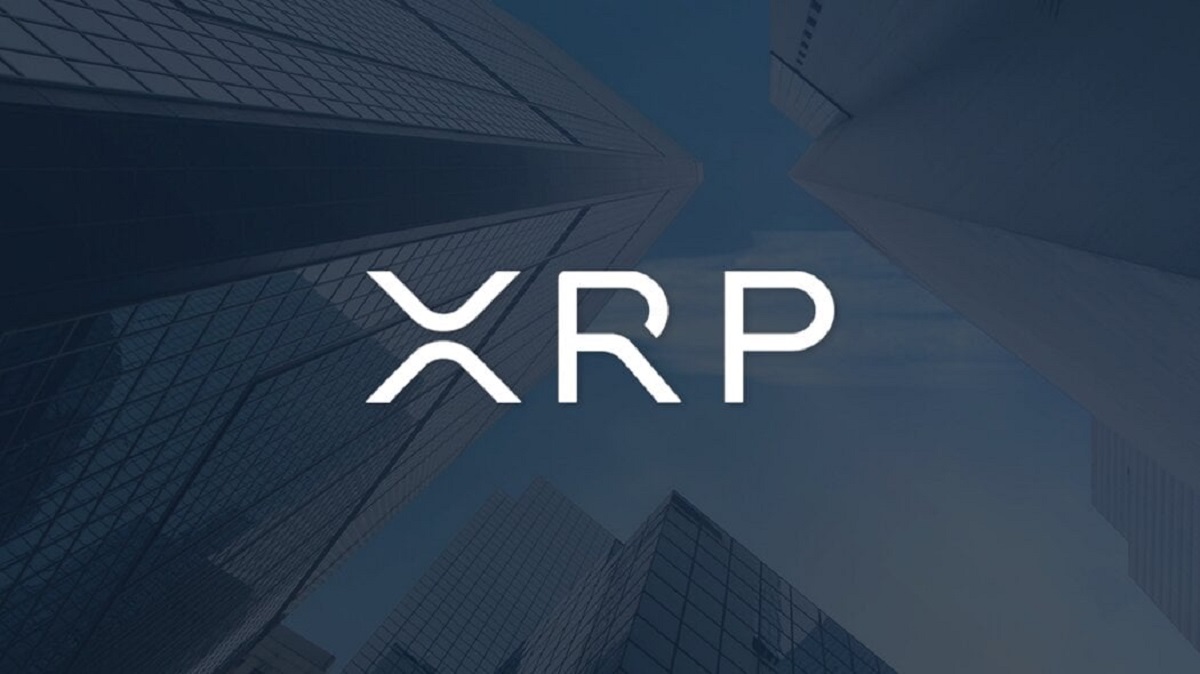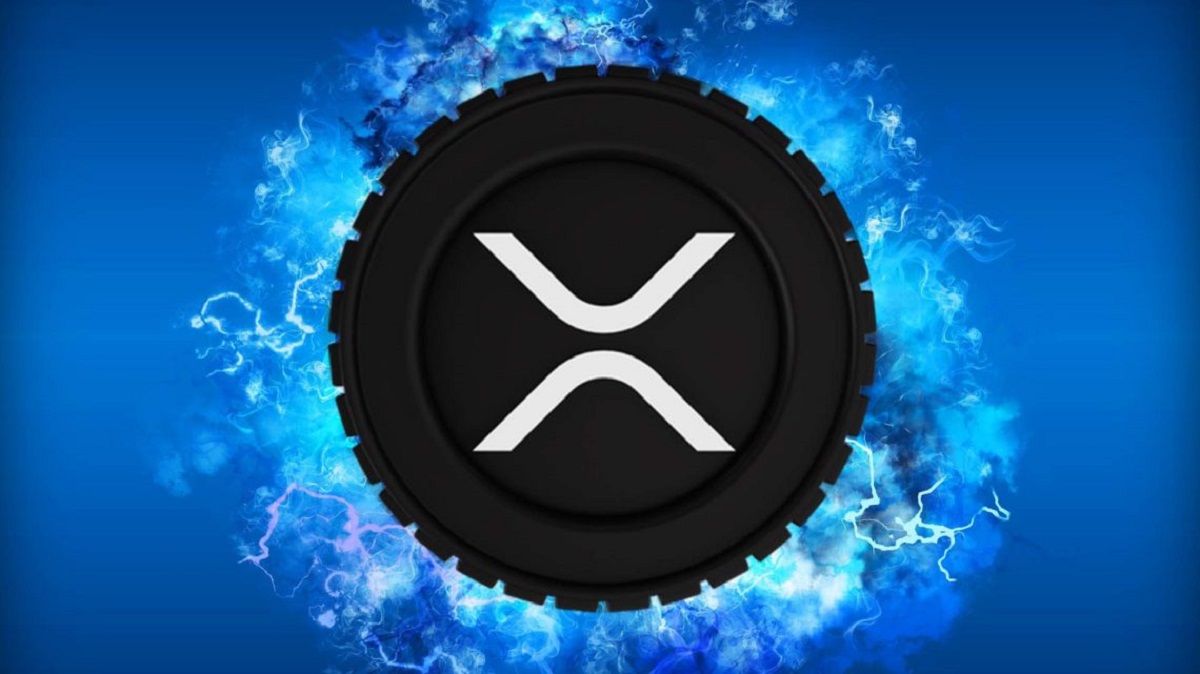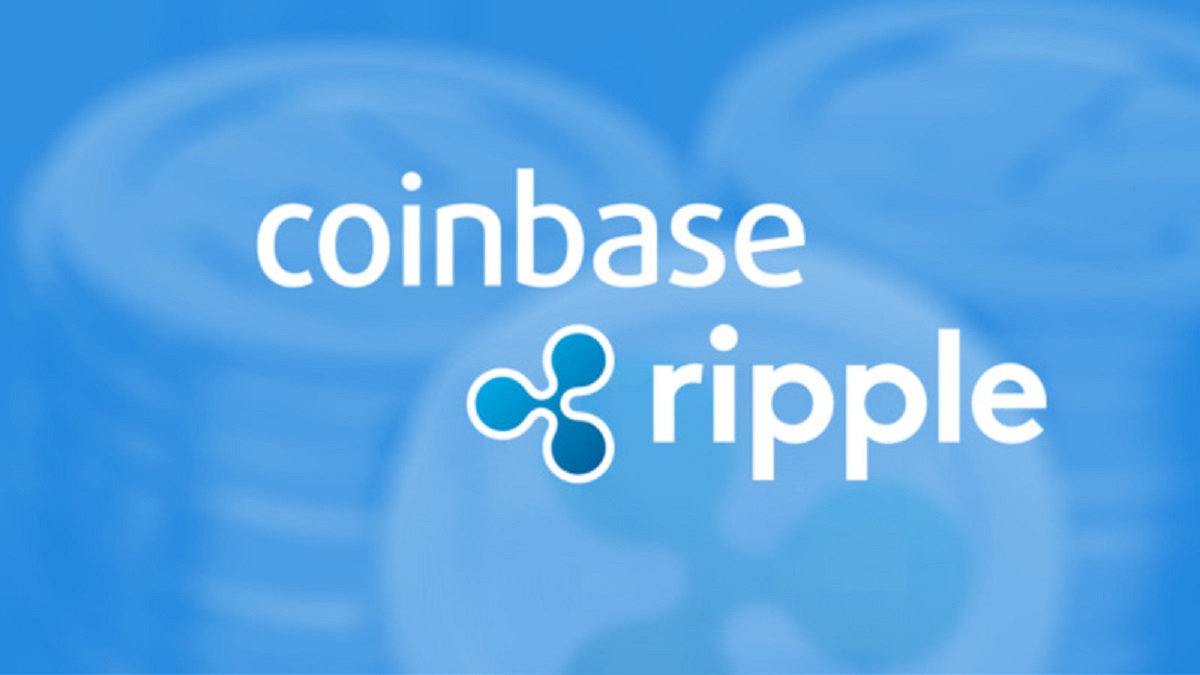Introduction
XRP, also known as Ripple, is a digital currency that aims to revolutionize the way money is transferred globally. Created by Ripple Labs, XRP was designed to enable fast, secure, and low-cost transactions across borders.
With its focus on providing efficient cross-border financial solutions, XRP has gained significant attention from investors, financial institutions, and individuals looking for alternative payment options. The technology behind XRP, known as the Ripple protocol, utilizes advanced blockchain technology to facilitate seamless transfer of funds.
Since its inception in 2012, XRP has become one of the top cryptocurrencies in terms of market capitalization and adoption. Its unique features and potential use cases have sparked both excitement and speculation about its future value.
This article will explore the factors that influence the value of XRP, its current price and market capitalization, potential future value, adoption by financial institutions, predictions from analysts, regulatory considerations, as well as risks and challenges that could impact its value.
It is important to note that the cryptocurrency market is highly volatile and subject to various external factors. The purpose of this article is not to provide investment advice, but rather to provide insights into the factors that could impact the value of XRP.
Now, let’s dive deeper into the world of XRP and analyze the dynamics that could determine its future worth.
What is XRP?
XRP is a digital currency, commonly referred to as a cryptocurrency, that was created by Ripple Labs. It is designed to facilitate fast and secure cross-border transactions. Unlike traditional cryptocurrencies like Bitcoin, which operate on a decentralized platform, XRP operates on a centralized platform called RippleNet.
XRP serves as a bridge currency in the Ripple network, enabling the seamless transfer of different currencies in a matter of seconds. The primary goal of XRP is to facilitate cost-effective and nearly instantaneous international money transfers, bypassing the need for traditional banking intermediaries.
One of the key features of XRP is its consensus algorithm, known as the XRP Ledger. This algorithm ensures the integrity and security of transactions by validating them through a network of trusted validators. This consensus mechanism, along with the use of XRP as a bridge currency, allows for fast and efficient cross-border transfers.
Another distinguishing factor of XRP is its deflationary nature. Unlike cryptocurrencies that have a limited supply, such as Bitcoin, XRP has a maximum supply of 100 billion coins. However, not all of these coins are in circulation. Ripple Labs holds a significant portion of the XRP supply, and periodically releases a portion of it into the market.
It’s worth noting that XRP is not solely intended for individual use. It is primarily targeted at financial institutions and banks, offering them a more streamlined and cost-effective alternative for facilitating global money transfers. By utilizing XRP, financial institutions can reduce the time and cost associated with cross-border payments, making it an attractive proposition for institutions seeking to optimize their operations.
In summary, XRP is a digital currency created by Ripple Labs, designed to enable fast and secure cross-border transactions. Its unique features, such as the use of a centralized platform and bridge currency functionality, differentiate it from other cryptocurrencies. With its focus on facilitating cost-effective international money transfers, XRP aims to disrupt the traditional banking sector and improve the efficiency of global financial systems.
Factors Affecting XRP’s Value
Several factors can influence the value of XRP, both in the short term and the long term. Understanding these factors can be crucial for investors and individuals looking to gauge the potential growth or decline of XRP. Here are some key factors that can impact XRP’s value:
- Market Demand and Adoption: One of the primary drivers of XRP’s value is the level of demand and adoption it receives. The more financial institutions, remittance services, and individuals use XRP for cross-border transactions, the higher its value is likely to be. Increased adoption reflects confidence in the cryptocurrency and its potential to disrupt the traditional financial ecosystem.
- Partnerships and Collaborations: Ripple Labs, the creator of XRP, has formed strategic partnerships with various financial institutions and payment providers. These partnerships can significantly impact XRP’s value, as they demonstrate trust and confidence in the technology and increase its visibility in the market.
- Regulatory Environment: The regulatory landscape surrounding cryptocurrencies can have a significant impact on their value. Clear and favorable regulations can attract more institutional investors and boost confidence in the market, leading to increased demand for XRP. Conversely, stringent regulations or regulatory uncertainties may hinder adoption and limit growth potential.
- Competition: The cryptocurrency market is highly competitive, with numerous alternative digital assets available. The presence of rival cryptocurrencies offering similar functionalities may impact the demand for XRP. Investors may choose alternative cryptocurrencies over XRP if they perceive them to have better technology or more favorable market conditions.
- Overall Market Sentiment: The sentiment of the wider cryptocurrency market can influence the value of XRP. Positive market sentiments, such as increased interest and positive news coverage of cryptocurrencies, can drive up XRP’s value. Conversely, negative news, market downturns, or high volatility can cause a decline in value.
It’s important to note that the cryptocurrency market is highly speculative and subject to rapid changes. Market dynamics and investor sentiment can shift quickly, leading to significant price fluctuations. Investors should carefully evaluate these factors and conduct thorough research before making any investment decisions.
By considering these factors and staying informed about the latest developments in the cryptocurrency space, investors can better assess the potential value of XRP and make more informed decisions regarding their investments.
XRP’s Current Price and Market Capitalization
As of [current date], XRP is one of the top cryptocurrencies in terms of market capitalization. Its value is determined by various factors, including market demand, trading volume, investor sentiment, and overall market conditions.
The price of XRP is constantly changing due to the dynamic nature of the cryptocurrency market. It is important to note that XRP, like other cryptocurrencies, experiences significant volatility, with price swings occurring within short timeframes.
At the time of writing, the price of XRP is approximately $[current price] per coin. However, it is crucial to monitor real-time information from reputable cryptocurrency exchanges to get the most accurate and up-to-date price details.
In terms of market capitalization, XRP consistently ranks among the top cryptocurrencies. Market capitalization refers to the total value of all XRP coins in circulation and is calculated by multiplying the current price of XRP by the total supply.
As of [current date], XRP’s market capitalization stands at approximately $[current market cap]. This figure reflects the overall value and investor interest in XRP. A higher market capitalization indicates a larger market size and potentially greater liquidity.
It is important to note that market capitalization alone might not provide a complete picture of a cryptocurrency’s value or predict its future performance. Market capitalization can change rapidly due to various factors, and it should be considered alongside other fundamental and technical indicators when assessing the potential value of XRP.
Due to the dynamic nature of the cryptocurrency market, potential investors should exercise caution and conduct thorough research before making any investment decisions. It is advisable to consult with financial professionals or seek advice from reputable sources to get a comprehensive understanding of XRP’s current price and market capitalization.
By staying informed about the latest market trends and carefully evaluating the various factors that affect XRP’s value, investors can make more informed decisions regarding their investment strategies.
Potential Future Value of XRP
The future value of XRP is a topic of great interest and speculation among investors and cryptocurrency enthusiasts. While it is impossible to predict with certainty what the future holds for XRP, we can examine several factors that may influence its potential value.
1. Adoption by Financial Institutions: One of the key indicators of XRP’s future value is its adoption by financial institutions. As more banks and payment providers begin to utilize XRP for cross-border transactions, the demand for the digital currency is likely to increase. Increased adoption could potentially drive up the value of XRP as it becomes more integrated into the global financial system.
2. Technology Improvements: Ripple Labs, the creator of XRP, continues to enhance the underlying technology behind the cryptocurrency. Ongoing technological advancements, such as increased scalability and improved transaction speeds, could enhance XRP’s functionality and attractiveness to potential users. These improvements could contribute to the future value of XRP.
3. Market Competition: The cryptocurrency market is highly competitive, with multiple digital assets vying for market share. The emergence of new cryptocurrencies or the advancement of competing technologies could impact the value of XRP. It is essential to closely monitor market trends and assess how XRP differentiates itself from its competitors to gauge its future value.
4. Regulatory Developments: The regulatory environment plays a significant role in shaping the future of cryptocurrencies. Favorable regulations that provide clarity, consumer protection, and institutional acceptance can positively impact the value of XRP. Conversely, unfavorable or uncertain regulations may hinder adoption and limit growth potential.
5. Market Sentiment and Investor Confidence: Investor sentiment and market confidence can heavily influence the future value of XRP. Positive news, endorsements from influential figures, or increased interest from institutional investors can drive up demand and subsequently increase the value of XRP. Similarly, negative sentiment or market downturns may impact value negatively.
It is important to note that investing in cryptocurrencies carries inherent risks, and the value of XRP can fluctuate dramatically. Investors should exercise caution and conduct thorough research before making any investment decisions. Diversification and a long-term perspective are often recommended strategies to mitigate risks associated with the volatility of cryptocurrencies.
While it is impossible to predict the precise future value of XRP, monitoring market trends, technological advancements, adoption by financial institutions, and regulatory developments can provide insights into the potential growth or decline of XRP. Keeping a close eye on these factors can help investors make more informed decisions regarding their XRP holdings.
XRP’s Use Cases and Adoption
XRP, with its focus on facilitating fast and cost-effective cross-border transactions, has garnered significant attention and adoption by various financial institutions and payment providers. Its unique features and potential use cases have contributed to its growing popularity in the global financial ecosystem.
One of the key use cases of XRP is its role as a bridge currency in facilitating international money transfers. Traditional cross-border transactions often involve multiple intermediaries, resulting in delays and high transaction costs. XRP solves this problem by enabling direct transfers between different currencies, eliminating the need for multiple currency conversions. This results in faster transactions and reduced fees for individuals and businesses.
RippleNet, the decentralized network powered by XRP, provides a platform for financial institutions to connect and transact with each other seamlessly. With RippleNet, banks and payment providers can access a global network of trusted partners that adhere to standard protocols. This enables them to offer faster and more cost-effective cross-border payment services to their customers.
Several notable financial institutions have already integrated XRP into their payment systems. They are using XRP to facilitate real-time settlement and streamline their cross-border transactions. Some of these institutions include Santander, American Express, and MoneyGram.
In addition to banks, Ripple Labs is actively collaborating with various remittance service providers to enhance international money transfers. These partnerships aim to leverage XRP’s fast transaction speeds and liquidity to improve the efficiency of remittance services, particularly in corridors where traditional banking infrastructures are limited.
The widespread adoption of XRP is also driven by its potential as a liquidity tool. Financial institutions can utilize XRP as a bridge currency to facilitate trades in illiquid markets. This enables faster and more cost-effective transactions, reducing the reliance on pre-funding accounts in different currencies.
While adoption of XRP is growing steadily, it is important to note that widespread adoption takes time and requires trust and regulatory compliance. Ripple Labs continues to expand its partnerships and collaborations with financial institutions, seeking to establish XRP as a reliable and widely accepted digital asset in the financial world.
As XRP’s adoption increases, its value and utility are likely to grow. The ability to facilitate fast, secure, and low-cost cross-border transactions positions XRP as a valuable asset in the evolving global financial landscape.
However, it is essential to monitor the regulatory environment, market dynamics, and competition that could impact XRP’s adoption and use cases. Recognizing these factors can help investors and industry participants better understand the potential growth and limitations of XRP as a versatile digital asset.
Analysts’ Predictions for XRP
As with any investment, predicting the future value of XRP is a challenging task. The cryptocurrency market is highly volatile, and numerous factors can influence the price of digital assets. However, analysts and experts offer various perspectives and predictions regarding the future of XRP.
Some analysts believe that XRP has strong potential for growth and could reach new highs in the coming years. They point to the increasing adoption of XRP by financial institutions, the continued expansion of RippleNet, and the potential for regulatory clarity as factors that could positively impact XRP’s value.
These analysts argue that as more banks and payment providers integrate XRP into their systems, the demand for the digital currency will rise, potentially leading to an increase in its value. They also highlight the advantages of XRP’s technology, such as fast transaction speeds and low fees, which could make it an attractive choice for cross-border transactions.
However, it is important to note that not all analysts share the same bullish outlook for XRP. Some express concerns about the competitive landscape and the regulatory uncertainties surrounding cryptocurrencies. They believe that the success and future value of XRP will depend on how well it navigates these challenges.
Additionally, some analysts argue that the value of XRP may be influenced by the overall sentiment in the cryptocurrency market. Factors such as market downturns, negative news, or increased volatility could impact XRP’s value, as seen in the past.
It is crucial to approach analysts’ predictions with caution, as they are based on various assumptions and market trends. The cryptocurrency market is highly speculative and can be influenced by unforeseen events or changes in investor sentiment.
Investors should conduct their own research, consider multiple perspectives, and evaluate XRP’s potential based on their risk tolerance and investment goals. Diversification and a long-term investment approach are often recommended strategies to mitigate risks associated with the volatility of cryptocurrencies.
In summary, analysts’ predictions for XRP vary, with some expressing optimism about its potential for growth and adoption, while others remain cautious. The future value of XRP will depend on a complex interplay of market dynamics, regulatory developments, technological advancements, and overall investor sentiment. Investors should carefully evaluate these factors and make informed decisions based on their own analysis and risk tolerance.
Regulatory Considerations
Regulatory frameworks and government policies play a crucial role in shaping the future of cryptocurrencies like XRP. While digital assets offer exciting potential, regulatory considerations can have a significant impact on their value and adoption. Here are some key regulatory factors to consider:
1. Legal Status: The legal classification of cryptocurrencies varies across jurisdictions. Some countries have embraced cryptocurrencies and established clear regulatory frameworks, while others have implemented stricter regulations or even banned their use. The legal status of XRP in a particular jurisdiction can affect its accessibility, trading volume, and overall market acceptance.
2. Compliance and Anti-Money Laundering (AML) Measures: Financial regulators worldwide are increasingly focused on combating illicit activities, such as money laundering and terrorist financing. Cryptocurrency platforms and exchanges that deal with XRP are subject to stringent AML and Know Your Customer (KYC) regulations. Compliance with these regulations is crucial for wider adoption and integration of XRP into the regulated financial system.
3. Cross-Border Transactions: Being primarily focused on facilitating cross-border transactions, XRP can be subject to regulations governing international money transfers. Regulatory requirements related to remittances, capital controls, and foreign exchange policies could impact the flow and cost of cross-border transactions involving XRP.
4. Securities Regulations: The classification of XRP as a security is a topic of ongoing debate among regulators and legal experts. A determination that XRP falls under securities regulations could impose additional compliance requirements on Ripple Labs and affect the way XRP is traded and used.
5. Taxation: Taxation policies regarding cryptocurrencies can vary widely, impacting the cost of acquiring, holding, and transacting with XRP. Capital gains taxes, reporting obligations, and tax treatment of cryptocurrencies can significantly influence investor behavior and the demand for XRP.
6. Regulatory Developments: The regulatory landscape for cryptocurrencies is evolving rapidly. New policies, guidelines, and regulatory interpretations can emerge, potentially bringing both opportunities and challenges for XRP. Close monitoring of regulatory developments is essential to understand the potential impact on XRP’s value and adoption.
It is important for investors and users of XRP to be aware of and comply with the regulatory requirements in their respective jurisdictions. Understanding the legal and regulatory context can help mitigate potential risks and ensure that XRP transactions are conducted within the bounds of the law.
However, it is worth noting that the regulatory landscape for cryptocurrencies is still evolving, and there can be differing interpretations and approaches in different jurisdictions. Given this evolving regulatory environment, investors and users should stay informed about the latest developments and seek professional advice to navigate the regulatory considerations associated with XRP.
By proactively addressing regulatory considerations and complying with applicable regulations, the cryptocurrency industry, including XRP, can strive for greater legitimacy and mainstream adoption.
Risks and Challenges for XRP’s Value
While XRP has gained significant traction and adoption, there are several risks and challenges that could impact its value. It is important for investors and individuals considering XRP to be aware of these potential factors and evaluate them before making any investment decisions. Here are some key risks and challenges to consider:
- Market Volatility: Like other cryptocurrencies, XRP is subject to high market volatility. Price fluctuations can occur rapidly, leading to potential gains or losses for investors. It is important to be prepared for potential price swings and consider risk management strategies when investing in XRP.
- Regulatory Uncertainty: The regulatory environment surrounding cryptocurrencies is still evolving. Uncertainty and changes in regulations can impact the value and adoption of XRP. Regulatory actions such as bans, restrictions, or negative legal interpretations could hinder XRP’s growth and disrupt its use cases.
- Competition: The cryptocurrency market is highly competitive, with numerous digital assets vying for adoption and market share. XRP faces competition from other cryptocurrencies offering similar functionalities, better technological innovations, or wider acceptance by financial institutions. Increased competition could potentially impact the value of XRP.
- Security Vulnerabilities: While blockchain technology is considered secure, vulnerabilities and attacks can occur. Any security breach or network disruption involving XRP could lead to a loss of investor trust and negatively impact its value. It is important for investors and users to employ proper security measures to protect their XRP holdings.
- Technological Risks: XRP’s success relies on the continued development and adoption of its underlying technology. Any technical issues, software bugs, or scalability challenges could hinder its functionality and limit its potential. Ongoing technological advancements and updates are necessary to address these risks.
- Market Manipulation: The cryptocurrency market is susceptible to market manipulation and fraudulent activities. Price manipulation, pump-and-dump schemes, and insider trading can impact the value of XRP. It is important to exercise caution and choose reputable exchanges to minimize the risk of falling victim to fraudulent activities.
Investors should conduct thorough research, evaluate risks, and assess their risk tolerance before investing in XRP. Diversification, proper risk management, and staying informed about market dynamics and regulatory developments can help navigate these risks and challenges.
It is crucial to remember that the cryptocurrency market is highly speculative, and the value of XRP can fluctuate unpredictably. Due diligence and a comprehensive understanding of the risks and challenges associated with XRP are essential for making informed investment decisions.
Despite the risks and challenges, XRP continues to gain traction and attract interest from financial institutions and investors. By staying informed, managing risks effectively, and monitoring market trends, investors can position themselves to navigate the evolving landscape of XRP and potentially capitalize on its long-term growth prospects.
Conclusion
XRP, as a digital currency built for facilitating fast and cost-effective cross-border transactions, has seen significant adoption and garnered attention from investors and financial institutions. Its unique features, such as its role as a bridge currency and the RippleNet platform, have positioned it as a potential disruptor in the global financial ecosystem.
While it is impossible to predict the future value of XRP with certainty, there are several factors that could contribute to its growth and success. These include increasing adoption by financial institutions, ongoing technological advancements, regulatory developments, and market demand for efficient cross-border payment solutions.
However, it is essential to consider the risks and challenges that could impact the value of XRP. Market volatility, regulatory uncertainties, competition, security vulnerabilities, technological risks, and market manipulation are factors that investors and users should be aware of and carefully evaluate.
To make informed investment decisions, it is crucial to stay informed about market trends, regulatory developments, and the latest news surrounding XRP. Conducting thorough research, diversifying investments, managing risks effectively, and seeking professional advice can help navigate the complexities of the cryptocurrency market.
It is important to approach investing in XRP or any other cryptocurrency with caution and a long-term perspective. Cryptocurrencies are highly speculative assets, and their value can fluctuate dramatically. Investors should only invest what they can afford to lose and consider their individual risk tolerance.
In conclusion, XRP’s potential as a global digital currency for cross-border transactions is substantial. However, like any investment, it comes with inherent risks and challenges. By staying informed, managing risks effectively, and assessing the various factors that influence XRP’s value, individuals and investors can position themselves to make informed decisions and potentially benefit from its future growth.

























